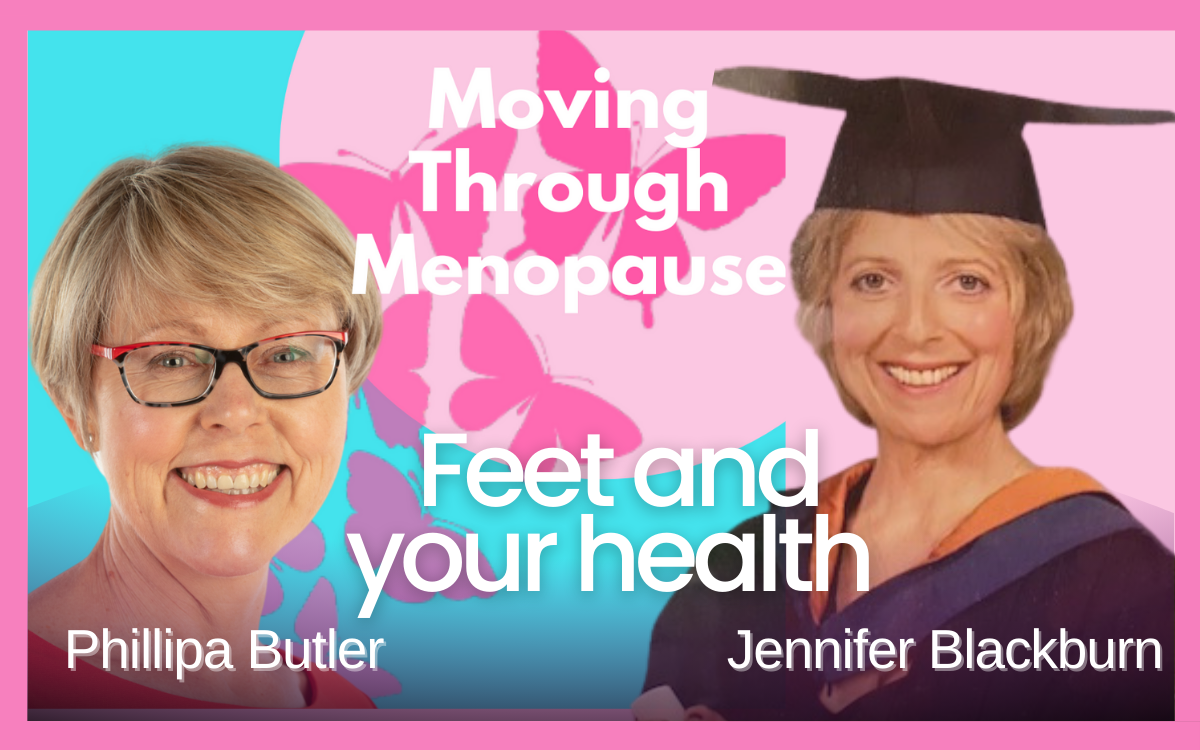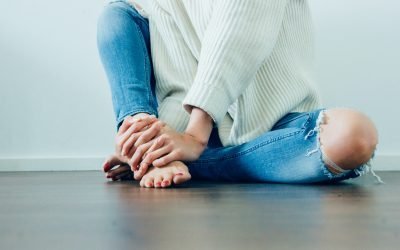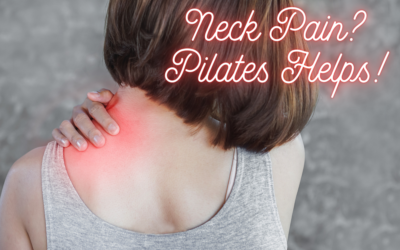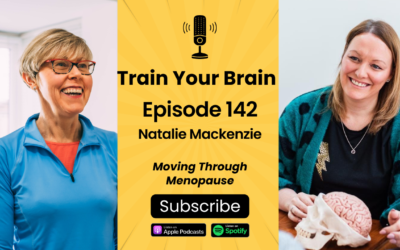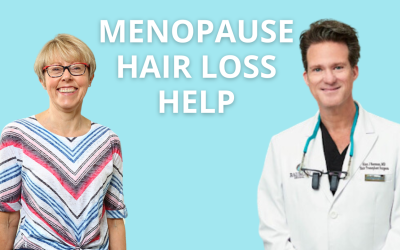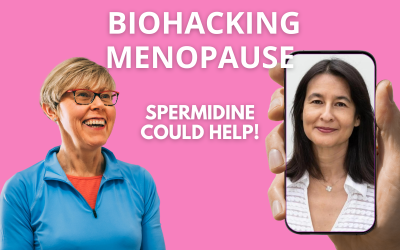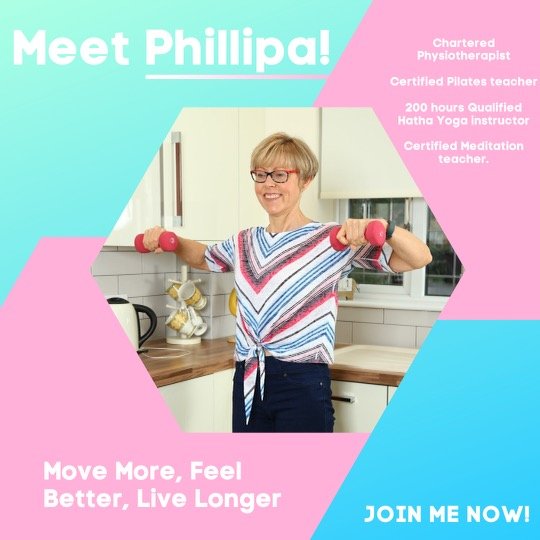Healthy feet should be top of your list! Not convinced?
I specialised in feet for a 5 year period when I worked at Doncaster Royal infirmary in the 90’s and I can say with some authority that when feet go wrong it’s not fun!
Menopause is a time when collagen is changing due to declining oestrogen levels and plantar fasciitis can rear it’s head. Anyone who has had this condition knows its a real ‘pain in the neck’. Our biomechanics or the way in which we are put together, can have an impact on the development of painful feet. But diabetes also can have serious complications and looking after our feet in this case can be a matter of life and death.
For this podcast conversation I am the patient! I took the opportunity to chat with my Podiatrist, Jennifer Blackburn State Registered Podiatrist as she carried out some routine care for my feet. But that is not all she gets up to in her clinic; nail surgery and providing prescription orthotics are also services on offer.
It’s not surprising that she is a firm believer that healthy feet are crucial to our overall health and wellbeing. She doesn’t need to persuade me that looking after your feet is important. But what does that look like?
Join us for this 20 minute conversation tackling top topics to do with feet!
We get to grips with:
- Why it is so important for people to look after their feet.
- How to care for your feet.
- Biomechanics and common foot abnormalities.
- minimalist footwear vs corrective insoles.
- Impact of a leg length discrepancy.
- Diabetic foot care.
My sincere thanks to
Jennifer Blackburn State Registered Podiatrist
Movement is Medicine
If Pilates or Yoga are on your list of things to try. Why not join your first online class for FREE Questions or comments email hi@precizion.co.uk
Disclaimer: Please note that any advice we provide in this podcast is for information only, and if you are unsure of its suitability for your specific circumstances, you should consult your medical practitioner if you have any specific health concerns.
Transcription of our conversation
Phillipa Butler:
I’m here actually in the seat at the podiatrist and I’m talking with Jennifer Blackburn. Registered podiatrist all about. Feet and biomechanics and how important our feet are really to our overall health and wellbeing. And I’m a convert, so she doesn’t need to persuade me that looking after your feet is so very important. Thank you for chatting with me as you go about sorting out my feet. Jennifer, why is it so important for people to look after their feet?
Jennifer Blackburn:
It’s most important because our feet, our stability. Not only for us walking, getting around an everyday life, but also stability and supportive posture. So if the feet aren’t functioning correctly; moving in the right way, at the right time when you are walking, neither is the rest of the body.
Phillipa Butler:
The feet are the foundation is, something that we talk about in Pilates, in yoga. And in biomechanics, the idea that the way in which the foot strikes the ground and the movements that occur, at the sub tailor joint, if you want to get technical, that then influence the profile of the foot on the ground, whether it is flattened towards the ground or whether it’s high arched even and lifted away from the ground. Because, the foot is our shock absorbing mechanism, isn’t it?
Jennifer Blackburn:
Absolutely. And also, the different foot types but especially a rigid foot. We can have rigid flat foot, which is called pest planus. We can have high arches, which is called pes cavus which has no flexibility. So basically, there’s no shock absorbance in the pes cavus foot with a high arch which is a problem if you’re in sport or doing a lot of activity. It’s not good because the shock from the ground goes straight up to the top of the head on impact. So all the different foot types are associated with the different gait types.
Phillipa Butler:
And different anomalies in the foot as well. Like for instance, the hallux valgus, that is the deviation of the big toe can be linked with certain. Foot types or presentations, can’t it?
Jennifer Blackburn:
Yes. The valgus gait is where we walk outwardly, which is usually associated with bunions and the deviation of the large toe.
But also in that process, if not corrected will take the second toe forward because it shortens ligaments on the fore foot. And allows the big toe to overlap the second. So in other words, pushing that second toe forward, which obviously is a major problem when this happens because you can’t get footwear. And normally, unfortunately now what happens is that they’re usually amputated if you can’t get shoes on.
Phillipa Butler:
Well, that is the extreme situation, isn’t it? And definitely as I’m getting older into middle age, I’m in possession of what I usually refer to as my granny’s feet. I blame her, you know, for the fact that I have got pronounced bunions and the beginnings of this deviation of the big toe, which. I think, you know, in my experience as a physiotherapist, can go so far when there’s this slight deviation and then you sort of get to the point where all of a sudden it’s a significant and then marked deviation
Jennifer Blackburn:
Oh, absolutely. Because usually we don’t look at our feet. We don’t even notice them. Te feet are just there at the end of our legs and we only look at them when they’re hurt or there’s a change. But yes, that slight deviation has possibly been going on since you were the very small child.
Phillipa Butler:
Jennifer and I usually chit chat away, as she’s working on my feet. So routine foot care is what you’re doing today essentially, isn’t it? That’s managing hard skin, the build-up of hard skin and also thickening of toenails, which can. Then impact onto the inside of your shoe creating what would you call it? Compression?
Jennifer Blackburn:
Bearing in mind. That hard skin and callous thickening of nails is usually trauma related. What I mean by that is in the way the foot is functioning.
Phillipa Butler:
So it’s a secondary consequence. Callouses are clues aren’t they to sort of signal the idea that there is some biomechanical anomalies. There’s a lot in the media at the moment talking about minimalist footwear and the idea that by using thinner soles, we give the foot; the muscles of the feet, improved opportunities to be strong and therefore supportive as a result. And I don’t disagree with the idea of using the muscles of the feet, I mean, getting your footwear off altogether at some point every day is healthy.
I love the fact that we do yoga in bare feet, because at least once when you’re doing your yoga class, you get the chance to actually look at your feet. And really give them some attention doing toe movements and strengthening the muscles in the soles of your feet, et cetera. But I do think that that minimalist footwear is absolutely wonderful for people who are put together perfectly.
Jennifer Blackburn:
I don’t think we can find one pair of feet that are absolutely perfect. I do feel. that most feet are walking with gait disturbances. Feet need to be looked at and taken care of and noticed. We do not notice them. And of course, there’s no publicity to help you to educate yourself. It’s all left to each individual. We see advice on caring for teeth or hair or ears, but we don’t see it on feet. So we have to educate ourselves. And everyone’s so busy that feet tend to be forgotten. Yet feet are such a big part of our health and wellbeing.
Phillipa Butler:
Of course! Remember that there are myofascial connections between the muscles in the feet, the soles of the feet, and the pelvic floor, for example. So these muscle imbalances that we might have in our feet can have implications through the myofascial system.
Jennifer Blackburn:
Oh, absolutely. Because if your feet are flat or you are leaning in forward flexion due to lack of support of the foot, or the foot is giving way in a way that it shouldn’t have done. If the correct support is not there then we will not be using the forefoot to propel ourselves forward and ambulate normally so we actually use the weight of the head to help us walk. The weight of your head is leant forward. Hence a lot of back problems because the forefoot support has collapsed. And also with a valgus gait, the big toe can be plantar flexed down to the ground, meaning grounded and it won’t lift.
So to lift that toe in the first second of movement. The brain is working very hard and you’re actually anchored to the ground.
Phillipa Butler:
Before you can move! Well, that’s another thing. Some abnormal gait patterns can be really tiring, can’t they?
Jennifer Blackburn:
Yes. So anyone with a fore foot that is not functioning, there is no elevation into each step.
The spring has gone out of the step, they’re using possibly 50% more energy in the day to just get around than if the Elevation was present in the correct manner.
Phillipa Butler:
There are lots of parts of the chain where ambulation goes wrong. The hip for instance, if you have reduced range of hip extension, for instance. And sometimes it is a little bit of a sort of chicken and egg situation.
Jennifer Blackburn:
We’re just like a jigsaw puzzle, so if we have a hip problem, usually we have a foot problem. It can be on the same side, or it can be the opposite side due to overcompensation. But the same with the feet, one is working, one is not, as we all know, muscles are meant to work together. For strength, posture, and correct balance, et cetera. It’s as far as you want to take it but everything is so connected.. And our feet are our crowning glory in my book
Phillipa Butler:
We are fans of feet here in this room, aren’t we? No doubts about that. Absolutely. And I think support individually prescribed to your own individual set of circumstances, can be transformative and really make a difference to, as you say, the energy output for one.
And any painful sensations that we might be experiencing through the kinetic chain. I think we do agree on this, that there is a place for orthotic correction. And Jennifer’s very skilled in the traditional method of casting for orthotics. Because, you know, these skills are being eroded aren’t they? By thinking that machines can take our place.
Jennifer Blackburn:
Not with the feet! I do think that corrective devices for the feet, that is biomechanical devices, I feel should be prescribed specifically.
Phillipa Butler:.
Not a, what you might call, off the shelf type device.
Jennifer Blackburn:
That’s my opinion. Some people might say, well, you know, I’ve tried those off the internet and they’re great. But often they only mask the problem.
Phillipa Butler:
What about menopause? I know we see a really significant increase in plantarfascitis. That is one area where you might, come across a special insole advertised in the media that’s going to fix your plantar fasciitis. So there are there are lots of off the shelf inserts for this condition.
Jennifer Blackburn:
And lots of money spent on marketing because it’s a common condition. That basically because of the foot not functioning correctly and the fascia. The base of the fascia is pulling on the calcaneus stretching and irritating the attachment to the bone. Often people are often recommended exercises with a rolling pit. To stretch the arch again. But it is possible to help prevent and cure plantarfascitis if we correct the relationship between the forethought and the rear-foot bringing them back into in synchronisation with prescription orthotics.
Phillipa Butler:
I think there’s no doubt in middle life that our tissues are becoming less resilient. And so things that we have been getting away with for a significant portion of time. Suddenly we’re no longer getting away with this stuff.
Jennifer Blackburn:
As they say, it catches up with us at the end.
Phillipa Butler:
In my role as a physiotherapist I would always incorporate a specific exercise regime in conjunction with any devices that you might use to support or correct, whether it’s taping, strapping prescription orthotics, whatever it is. There are exercises that we can do to maintain the mobility of the joints and the strength of the tissues, and even pain sensitivity is reduced when we are stronger. Physiotherapists and podiatrists historically have worked together but unfortunately this does seem to be something that’s been eroded in the modern national health service, isn’t it?
Jennifer Blackburn:
Unfortunately it is. But pain and restriction happens not just through trauma or damage. Restriction can occur secondary to problems in function of the feet. That can in turn affect the knee. When we are walking out of line with the feet or even a limb discrepancy. With one leg longer. It’s not rocket science to know the knees, one’s high, one’s low, and the same with the hips. Same with the neck and the shoulders all from the feet. We can treat neck problem from the posture being corrected through biomechanical devices in shoes.
Phillipa Butler:
And limb length discrepancies are very common, there are not many people who have two legs the same. Are there?
Jennifer Blackburn:
No, there aren’t. You know, it’s very common indeed, even in children.
Phillipa Butler:
Feet are so very important to our overall health and wellbeing. And you know, it’s this jigsaw puzzle that it’s definitely a part of.
And so strengthening the muscles, keeping the joints supple, and making sure that you at least look at your feet once a day. Take care of the skin you know, moisturising and the nails, keeping the nails, let’s say what, what would you say is best for the length of the nail? Short?
Jennifer Blackburn:
Not too short. Just in line with the end of the toe.
Phillipa Butler:
So looking after the skin, the nails, and if you’ve got any sores or pressure areas, any redness because nails digging into the skin can become infected and, leaving these things to their own devices when they’re stuck away in footwear can be really hazardous to our health can’t it?
Jennifer Blackburn:
Attention at all times. Any lesion on the feet can soon turn to an infection.
Phillipa Butler:
And especially if you were diabetic.
Jennifer Blackburn:
Of course. I was just going to mention diabetic foot care, Many newly diagnosed diabetic people have no knowledge of foot care sadly.
Phillipa Butler:
It’s the same for whether it’s type one, type two, whatever type?
Jennifer Blackburn:
Yes. Late onset with an older person, type two is very, very common nowadays.
Phillipa Butler:
That’s right. And so, foot care is so important for diabetics. Why is that? Just help me to understand.
Jennifer Blackburn:
Well, with diabetes the diabetic patient can aquire a peripheral neuropathy. Which is where the skin is very sensitive or a total loss of sensation. If there’s loss of sensation, and with diabetes the circulation is impaired which affects the healing.
So if we have a corn which has to be removed and the skin is broken on a diabetic patient with type 2 or type 1, it will take a lot, lot longer to heal. So, everything is precaution with a diabetic.
And it’s most important with diabetic patients that they must be seen about every six to eight weeks, whether there’s a problem or not. Because anyone with diabetes should not be doing any treatment themselves on the feet. If they accidentally nip themselves the instruments that use at home are not sterile. So then that’s when we get an infection. Infections that may not heal.
Phillipa Butler:
Okay. Well, that’s really important for people to realise.
Well ending on that note. We love to chat here in this chair. So maybe we’ll chat again sometime, but for now, thank you so much. Take care everybody. Take care of your feet. Take care of yourselves.

